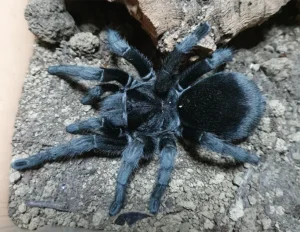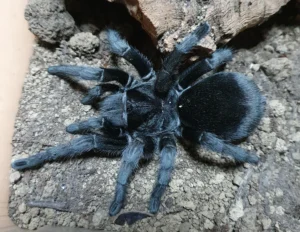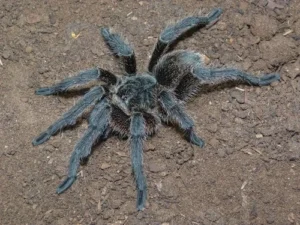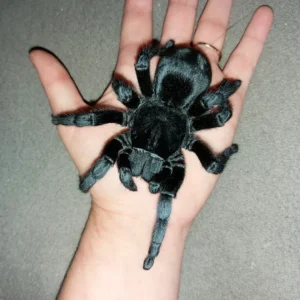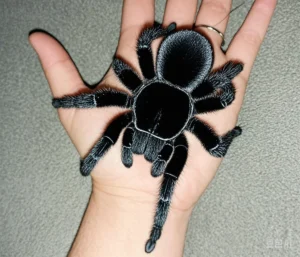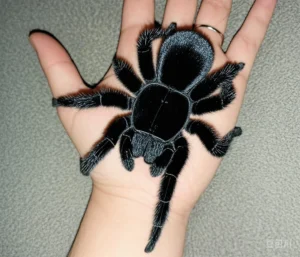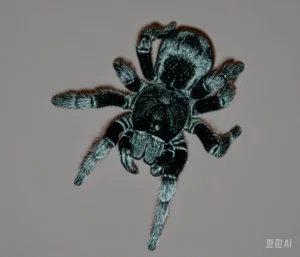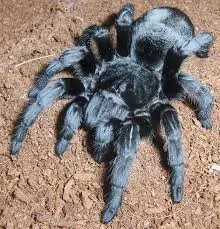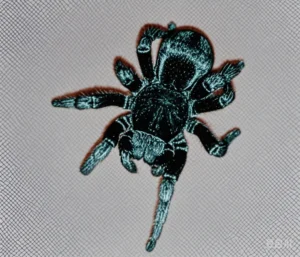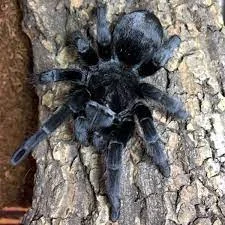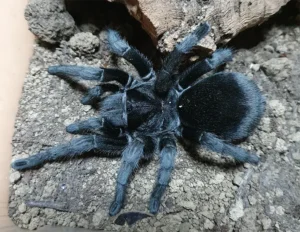Tarantula Biology
Taxonomic History of Grammostola pulchra: Revisions and Misidentifications Over Time
Introduction: A Tangled Web
The classification of living organisms, taxonomy, is a constantly evolving field. New discoveries, advanced genetic analysis, and re-examination of historical specimens often lead to revisions. The Brazilian Black Tarantula, *Grammostola pulchra*, while now well-recognized, has navigated its own path through taxonomic history, involving initial descriptions, potential synonyms, and the occasional misidentification common within the diverse Theraphosidae family.
Original Description and Early Records
*Grammostola pulchra* was first scientifically described by Cândido Firmino de Mello-Leitão, a prominent Brazilian zoologist, in 19His initial description placed it within the large and somewhat historically complex genus *Grammostola*. The specific epithet “pulchra” is Latin for “beautiful,” aptly describing the spider’s velvety black appearance. Mello-Leitão’s work provided the foundational description based on morphological characteristics available at the time, focusing on features like carapace shape, eye arrangement, and leg structure.

Synonyms and Common Misidentifications
Over the years, particularly in the pet trade before widespread reliable identification, *G. pulchra* may have been confused with other dark-colored *Grammostola* or even species from different genera. For instance, juvenile specimens of other species might appear darker, leading to confusion. One key area of taxonomic work involves resolving synonymy – determining if different scientific names actually refer to the same species. While *G. pulchra* has remained relatively stable compared to some other tarantulas, historical literature or hobbyist records might contain outdated names or misidentifications. Understanding Grammostola pulchra species identification is crucial for both scientific study and proper husbandry.
According to the World Spider Catalog, *Grammostola pulchra* has maintained its name since 1921, but the genus *Grammostola* itself has seen revisions, with species being added or moved over time.
Modern Classification and Phylogenetics
Contemporary taxonomy relies increasingly on molecular data (DNA analysis) alongside traditional morphology. Phylogenetic studies help clarify the evolutionary relationships between species and genera. While specific large-scale phylogenetic analyses focusing solely on *Grammostola* might be limited compared to more medically or ecologically significant groups, ongoing research within Theraphosidae helps solidify the placement of *G. pulchra*. Its distinct appearance and geographic origin (primarily southern Brazil and Uruguay) help distinguish it morphologically, and genetic data generally supports its status as a valid species within the *Grammostola* genus.
Importance of Accurate Taxonomy
Accurate taxonomy isn’t just academic. It’s vital for conservation efforts (knowing what species exists where), understanding biogeography, and ensuring proper care in captivity. Misidentification can lead to incorrect husbandry assumptions about temperature, humidity, or even temperament. Continued research helps refine our understanding of tarantula diversity, ensuring species like the beautiful *Grammostola pulchra* are correctly recognized and appreciated.
Did You Know? The careful work of taxonomists ensures that when we talk about *Grammostola pulchra*, we are all referring to the same unique and fascinating tarantula species from South America.
Information partially sourced from the World Spider Catalog (accessed [Current Date]).

